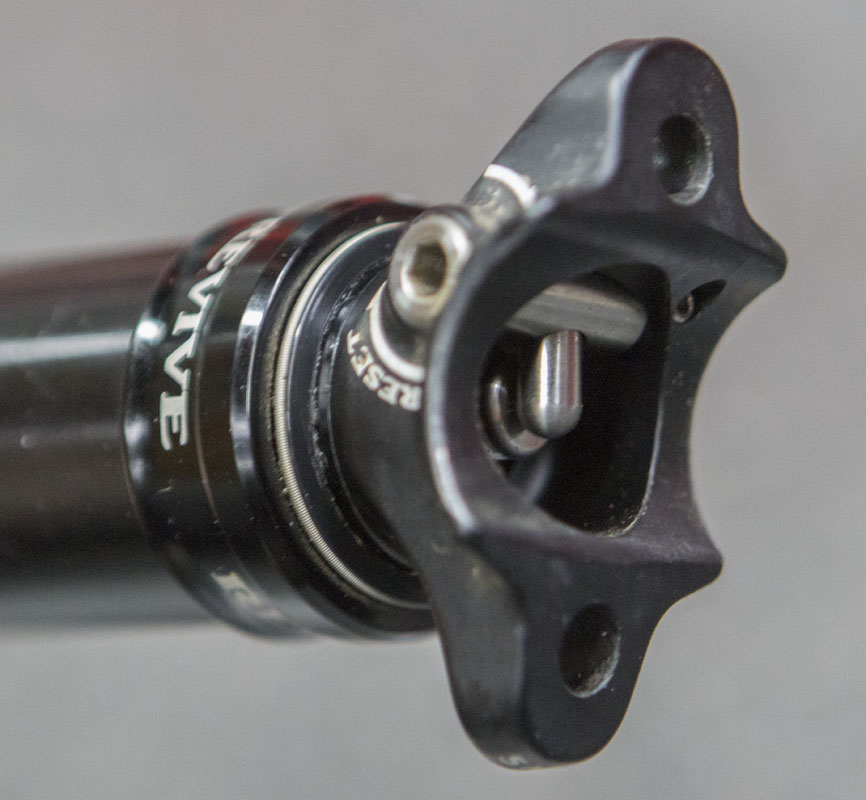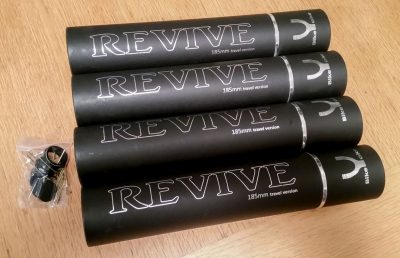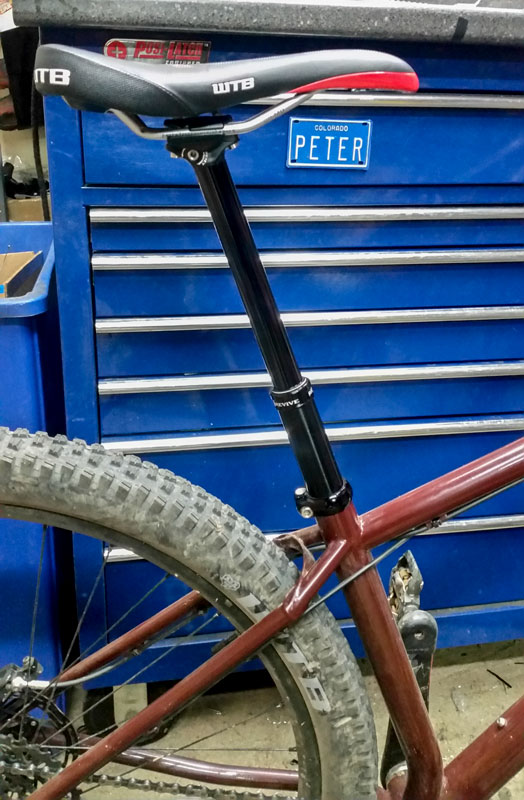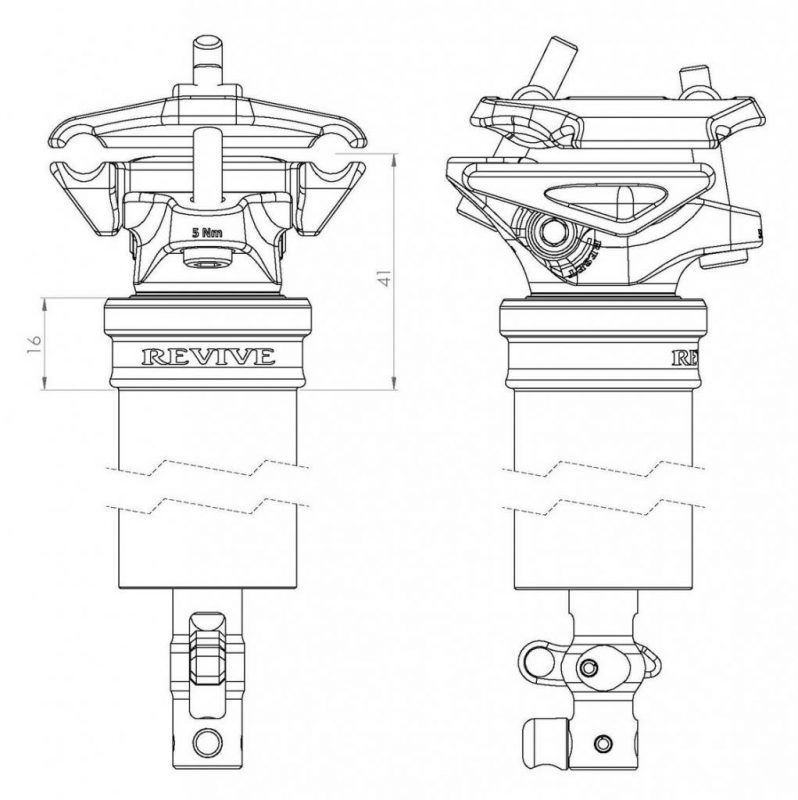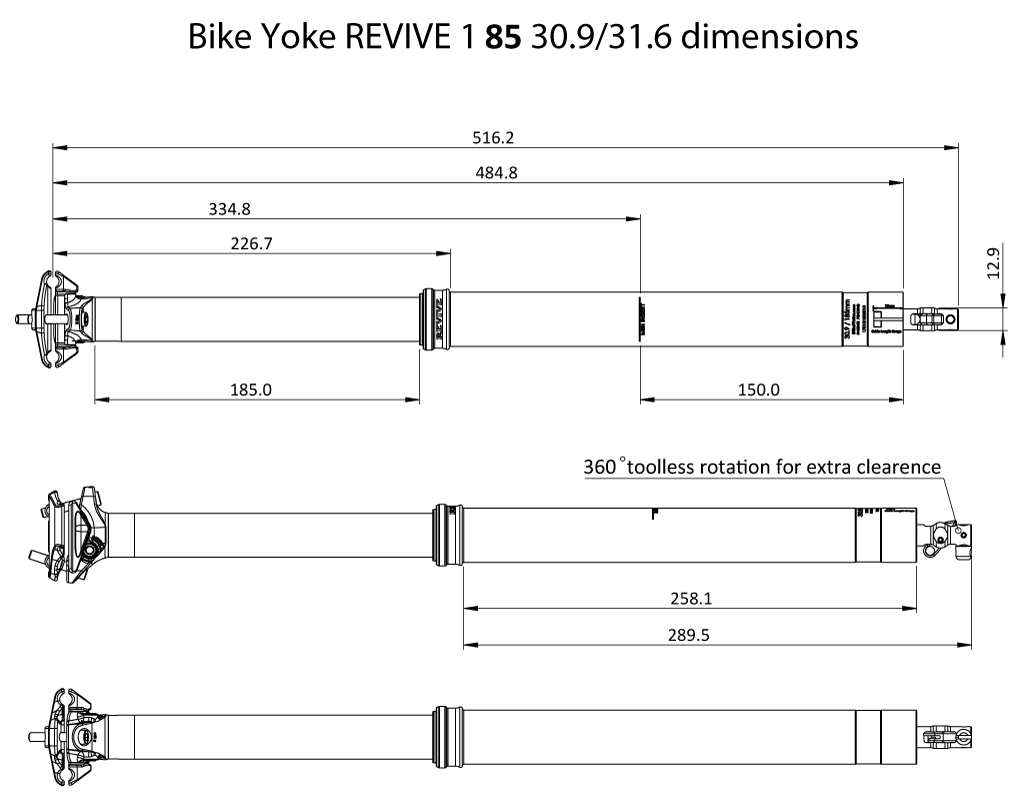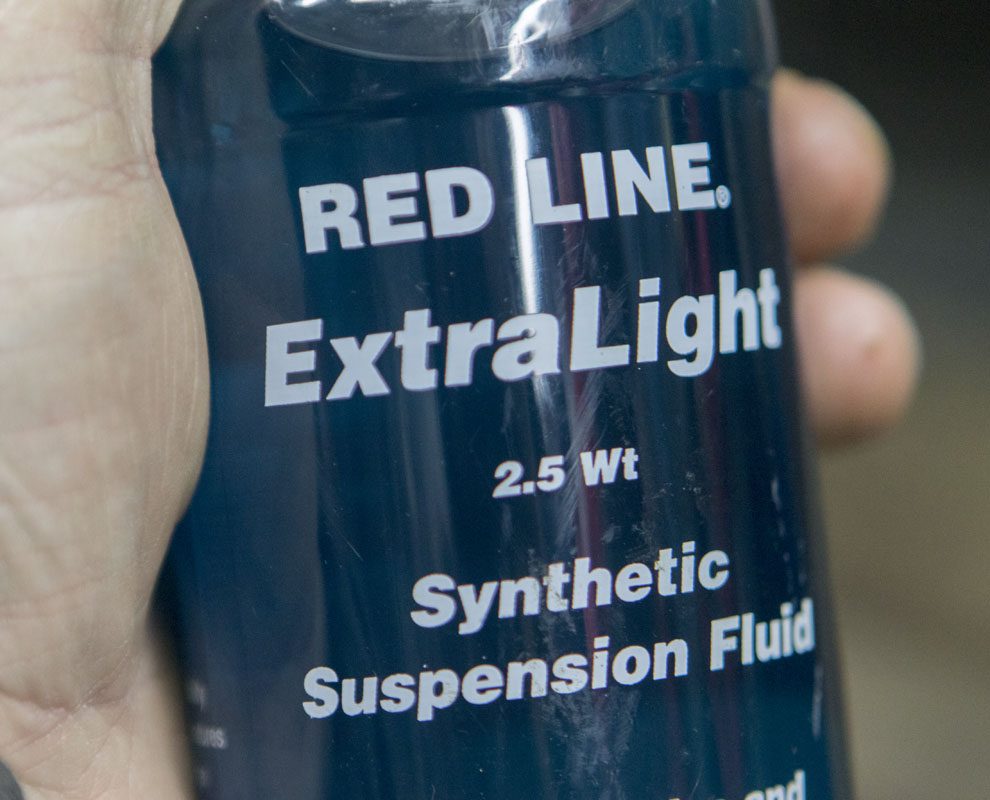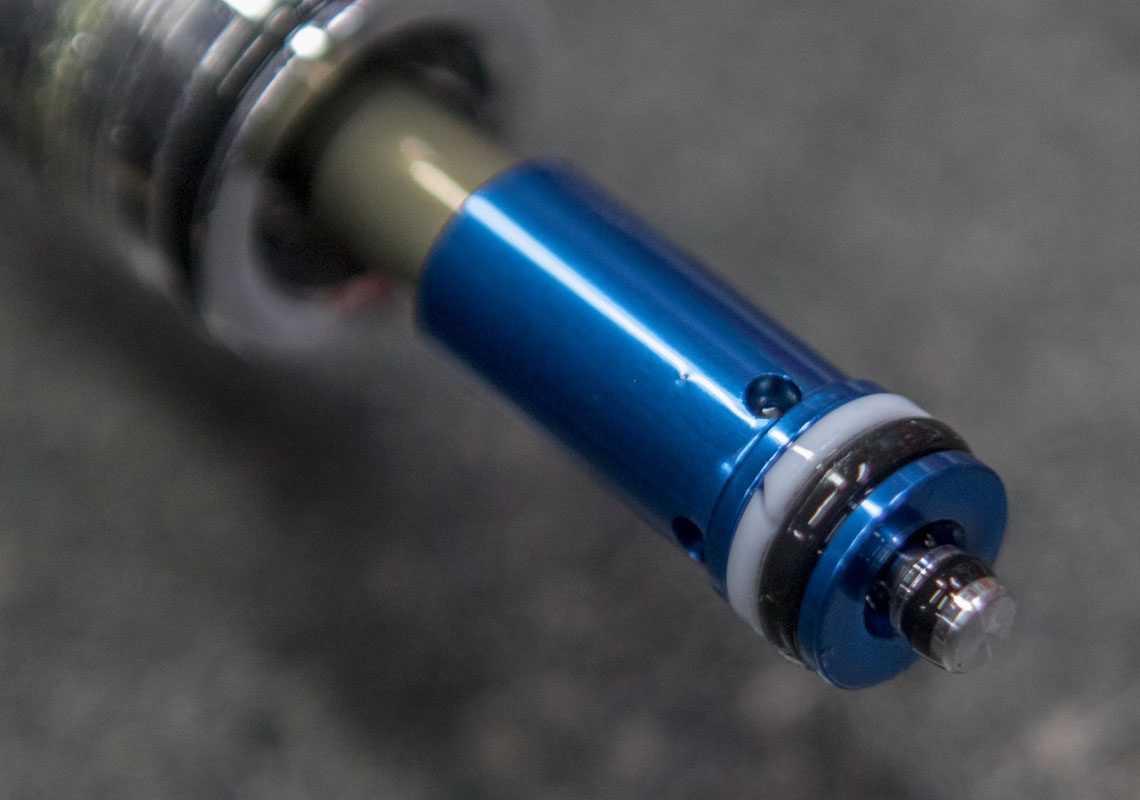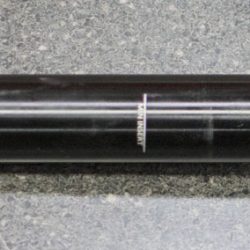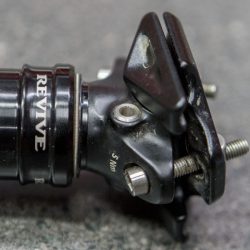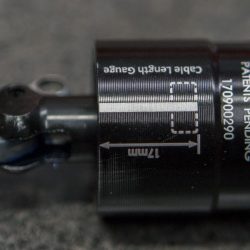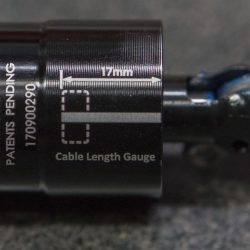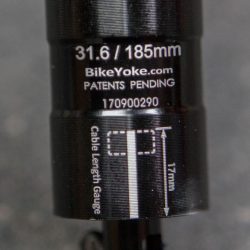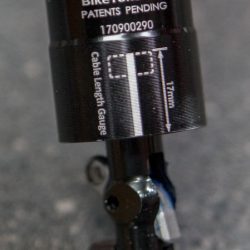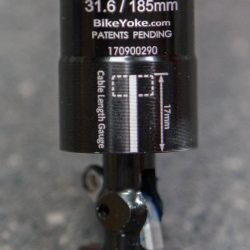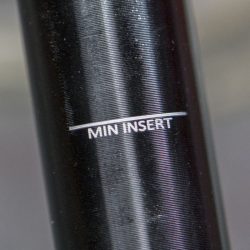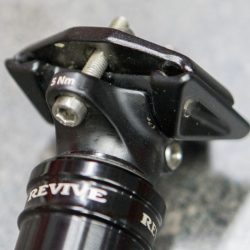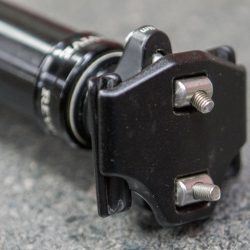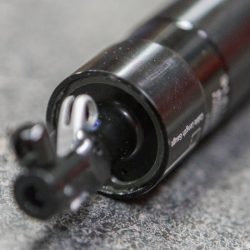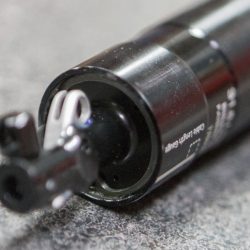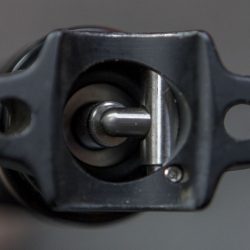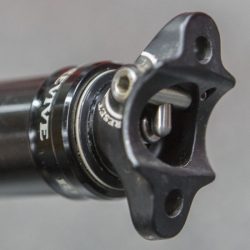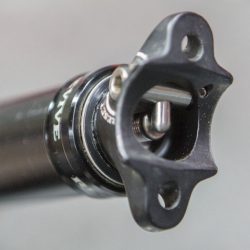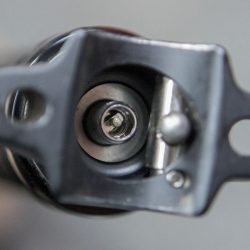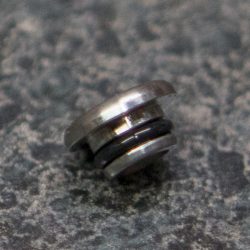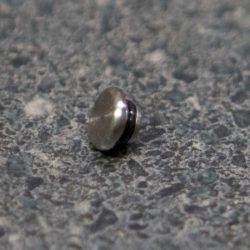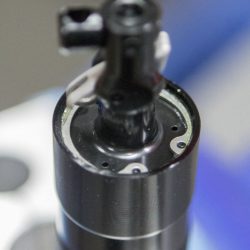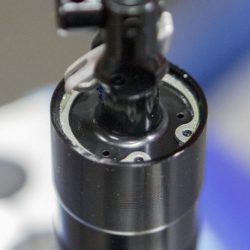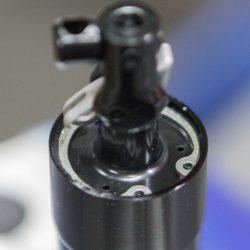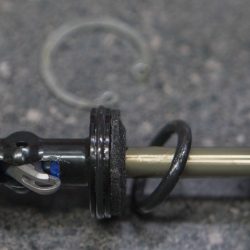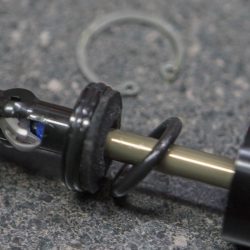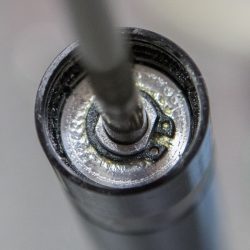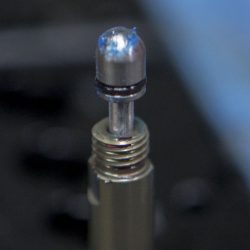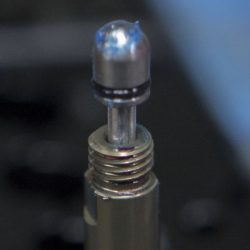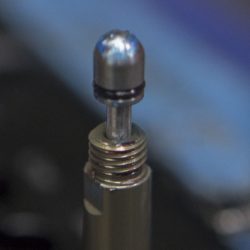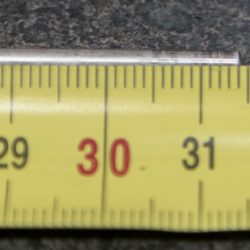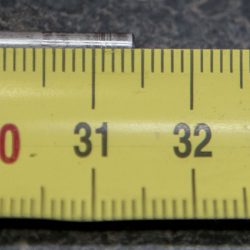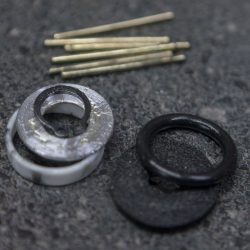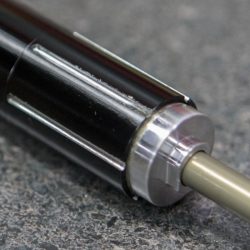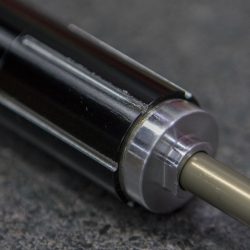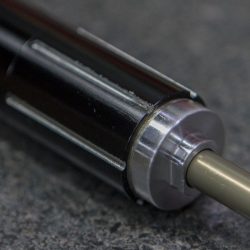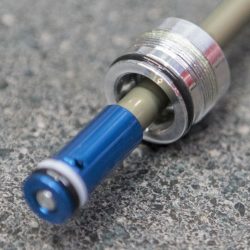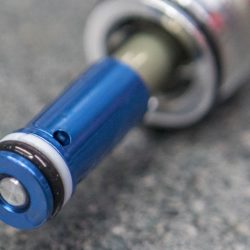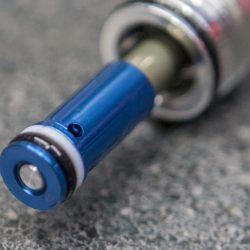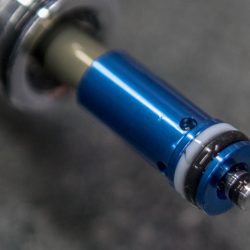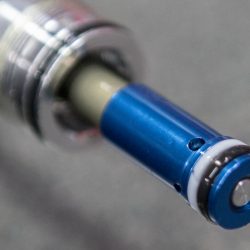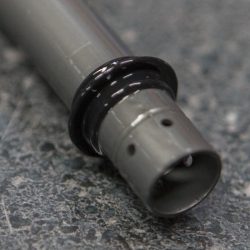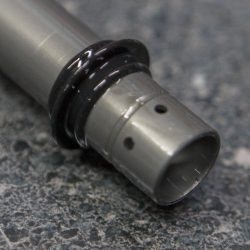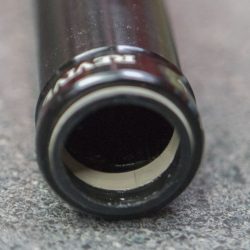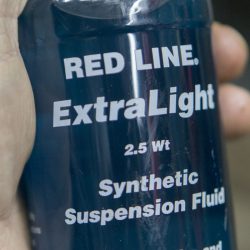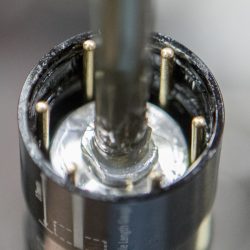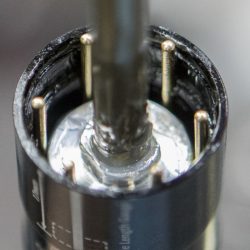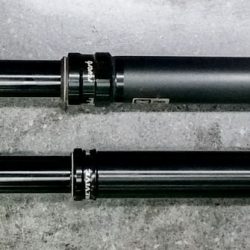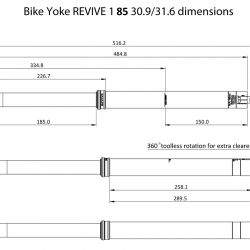A few weeks ago we took delivery of a batch of BikeYoke Revive 185mm 31.6mm dropper posts. A lot of people are interested in these.
I’ve been using dropper posts for a while. Since the A2 Reverb Stealth and KS LEV Integra came out. Certainly not as long as many folks but I was a staunch convert since before then and have since become a top expert in servicing the many better posts on the market. I put off my initial purchase of the post only because I wanted refinements to be made to the finicky early posts. I had lived with a top american enduro racer using a Reverb A1 and spent more than a few evenings servicing her posts each season over a couple of years. I’d borrow a Gravity Dropper (worst garbage ever) from time to time back in the day. I wanted something more solid than those early posts.
Even as a later adopter, the benefits of a dropper post have been obvious and we have been constantly pushing the use of what was available to the market. First 125 mm. Then 150 mm, 170 mm and now 185mm. Not many people have experience with a dropper over 170 mm. We have been on them for years and now the 185mm. For an average height rider, the 170mm posts really seem to be the correct drop while actually riding on the bike. The extra value in 185mm droppers is remounting the bike while on steep slopes. While we may be reaching the limit of what is useful and needed on the trail, construction of posts is still an issue that we work around and each post has an issue that stops them from being an overall winner.
Enter the BikeYoke Revive. Early last year it was announced and it was an instant hit with the keyboard jockeys on the internet. Every shitty ‘mechanic’ that couldn’t figure out how to service a seatpost were drooling over this post. It held the promise of resetting the IFP to bleed the air from the system. That’s all fine but it wasn’t that big of an issue for a guy like me. I have been fixing this issue on other posts for years. If you know how to actually work on bicycles this isn’t the biggest deal in the world. I need something that helps me when I’m on the bike.
I needed to know these were better than the strong players from RockShox and KS. I like to know what is on the market and what is working best. I also like what BikeYoke is doing in general. Disruption and tuning, my bag. I contacted Stefan Sack of BikeYoke and had a discussion about the design. Soon, I had posts on order for a big project. This felt like gambling.
It took a while to get the posts but they arrived. Looking like a case of Grey Goose or some other premium alcohol.
We installed the posts. The first thing you notice about this post is how great it looks on the bike. The top collar area is machined into the post, keeping it quite low profile, and it really smooths things out and the shine from the machining stands out. It looks tank. The little ‘revive’ cam screw looks pretty cool too. This is hands down the best looking dropper on the market.
We then took to the trails. A month of rides. We rode a good assortment of trails on them. Traversey XC trail, full on DH, mixes of both. I wanted to get some real riding in on these so that I could talk with some authority on them. It’s time.
Here’s my take on the posts and what I think of the post:
- Smooth AF. If I had to give one reason why this post is great, it’s how smooth it is. This is super important on the trail. A true performance upgrade. Modern bikes have very slack actual seat tube angles and the vector for actuating the post along that tube and the normal vector of the rider to the ground create a real binding action. With the Revive, it glides almost effortlessly. Seriously, I’m used to Reverb posts in a very high state of tune and this post was shockingly better. It’s really that good. This on top of having six guide pins compared to the 3 used by others.
- The fitment on the post is better than any other. Stack height on many posts create fitment issues. The Revive keeps this to the lowest of anyone. Shown here, a Revive 185mm post compared to a Reverb 170mm post. The 185mm Revive will actually fit more bikes than the 170mm Reverb. That’s a really big deal.

- Almost zero saddle play. It seems six small pins are better than 3 large pins. I do a lot of work to bring the play in other posts down. These posts arrive with virtually zero play. I need to look more into why this is. Probably something about machining end grooves after anodizing rather than enclosed grooves prior to anodizing…and the six pins.
- Quality. Stefan Sack has done an unbelievable job designing this post. Every detail is clean and has been executed with top form. I’m sure he’s paying for all this as it’s a very deliberate choice. Nothing on this post is cheap. Just superb.
- The little extras. The laser etched cable cut marks are super classy and a very nice touch. This guy really cares.
- Cable actuation. I really don’t care much about this. Some people do. It does make it a lot easier to pull off the bike without having to bleed again.
- Slower return speed. I think that some people don’t mind this as much as me. I like very fast return speeds. A stock Reverb B1 at is fastest speed is ok, but I wouldn’t want any slower. I fixed this with a few tricks below.
- Availability of support parts worry me. I’m going on faith here. One of the reasons I use Reverbs is due to the full product support that is available in the aftermarket. I can get whatever part I need from QBP whenever I need it. That’s important to me. If I need a non-o-ring part for these posts, will I be able to get them? I have some pins and top seals but what about when other parts start going.
- Limited test time. This is a new product. I’ve only been on it for a month or so. This post works great and feels super solid now. Will it next year? The year after that? If I have service parts I can keep it working but working and dialed are different things. This point can only be addressed with time.
- The Reset function! I haven’t needed this on the trails. The post has been completely solid so far. I have used it in the shop. It works well and as advertised. Certainly, it’s a great details that other manufacturers lack.
Here’s some odd details:
Stock oil: MOBIL DTE 10 Excel 15, ISO 15
Oil volumes: 125mm – 35.0 ml, 160mm – 41.5 ml, 185mm – 46.0 ml (all +/- 2ml)
Guide Pins (x6): 2.0 mm, 2.02 mm, 2.04 mm. (mine were 2.0 mm)
Air pressure: 250psi max
Max rider weight: 115kg (254 lbs)
Speeding up the post:
There are 3 ways to speed up the post. One or a combination may work for you. Your mileage may vary. Don’t complain to me or anyone else if you ruin your shit because you suck at doing this stuff.
- Raise the air pressure. Let’s just say that 300 psi is a usable max…depending on who you are listening to.
- Reduce the oil viscosity. The OEM oil is an ISO15. I substitued that for an ISO8. A 50% reduction. Use good stuff, like Red Line Extra Light. I would be happy to use the Mobil DTE 10 Execl oil in the post but ISO15 is the lowest viscosity in the line. Still, I’ll invest in a synthetic oil in this application over any other simply because of the sheer strength.
- Shim the rod. I’ve gotten excellent results shimming the rod on KS LEV Integra 27.2 type posts.This can help the cam engage the rod deeper in the stroke, opening earlier and wider at the end of stroke. I wasn’t able to try this here as I didn’t have any small enough for the Revive.on hand. I will in a week or so. 0.50mm increments. I’m also ordering 3mm rod to cut actuating rods to length so that that option is available to me.
I’m very happy with the speed I’m getting from the post now. I may even want to slow it down very slightly. Good stuff.
Adjusting the stroke:
Because of the 8mm shaft the Revive uses, there is a bit more room behind the valve area to place a travel adjust spacer. Other brands use 10mm so the wall is too thin to be practical or easy. My quick measures seem to tell me that a spacer with an 10.75mm OD, 8.05mm ID, and a length of the desired change should work perfectly fine. That’s pretty simple. Make sure not to scratch the shaft.
I’m looking at this as it comes up. I want to order 185mm posts only and reduce travel as needed for fitment. Nobody wants a short stroke post so adjusting a long post is far better than getting stuck with a short post.

